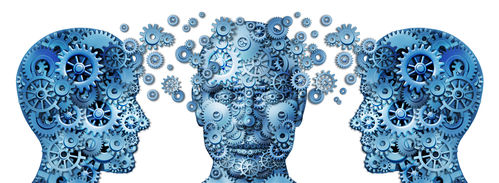Did I Miss the Movement?
- KDJP
- Feb 26, 2020
- 3 min read
Updated: Dec 3, 2020
The discussion surrounding diversity and inclusion is usually focused on race and gender. These two areas are the most visual representation of the topic. As an African American woman, I read about these areas, study these areas, and write a lot about these areas, because I represent these areas. Although, I identify with these two areas the discussion regarding diversity and inclusion goes far beyond race and gender.
In my dissertation, A Multiple Case Study Document Analysis of Organizational Environments of Inclusion for People with Disabilities, I focused on the topic of inclusion for people with disabilities (PWD). I have thought about going back and updating the data in my dissertation to determine if there have been any significant changes in research and employment numbers. In a cursory glance at some of the employment numbers, I do not see a significant decrease in the unemployment numbers for PWD.
In the article 4 Ways to Improve Your Company’s Disability-Inclusion Practices, authors Kennedy, Jerdee, and Henneborn provide suggestions for company’s to help with disability and inclusion initiatives. One of the ways that struck me, and I am very embarrassed that I did not think of it, involved working with various disability support organizations.
I am so embarrassed. It did not dawn on me that this is a way for organizations to work within the community to obtain help in creating a more diverse and inclusive environment for PWD. Why didn’t I think of this before? When I would speak to organizations about recruiting diverse students, I encouraged them to go to Historically Black Colleges and Universities (HBCUs); why I did not think about support groups, I will never know!
Note: What is even worse, I mentioned contacting organizations in my dissertation study for other researchers to reach out and work with the support organizations! I haven’t looked at my dissertation in a while. Yes, I am very embarrassed right now.
Kennedy, Jerdee, and Henneborn also shared that the US Department of Labor is looking for organizations to have 7% of their workforce include disability representation. According to the research conducted by the authors, only 13% of US companies have the 7% representation. That is shocking to me! Only 13%?! It leads to the questions of why? Is disability not a “hot” initiative topic?
In conducting research for my dissertation, I spoke with several experts on the topic of disability inclusion and found that a number of people do not disclose their disability for fear of reprisal. My study was conducted in 2013 and my findings published in 2014. I have to wonder if this is the issue with such low representation numbers. Are people still not willing to disclosure their disability if they have a way to “hide” it.
Although the conversation regarding “privilege” is usually focused on Caucasian males and females, I have to acknowledge that as an educated African American female with some physical limitations but nothing life threatening, I too am privileged. My privilege may not be what the current conversation around privilege outlines, but I am able to do things that many in our society find challenging and who face an entirely different area of discrimination. We have movements for the rights surrounding race, gender, sexual orientation, etc.; but where is the disability-accessibility movement? Did I miss it? Did it ever really happen? Has the Americans with Disabilities Act made the significant change it was supposed to make?



Comments